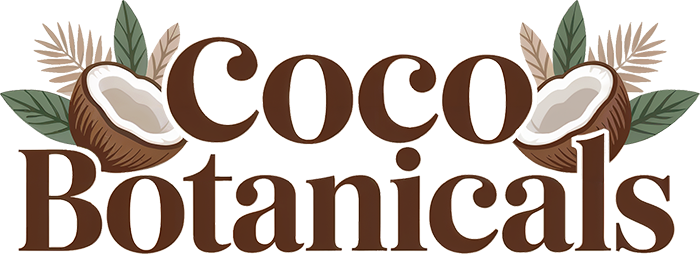When planning a trip to Oʻahu, Hawaiʻi’s most visited island, it’s easy to get swept up in the excitement of beaches, shaved ice, and family adventures. But to truly appreciate the magic of this place, take some time to dive into the beauty and significance of its native plants and flowers. These botanicals are deeply connected to Hawaiian culture, history, and ecology — enriching your experience with more than just scenic views.
Understanding Native Hawaiian Plants
Native Hawaiian plants are those that arrived in the Hawaiian Islands without human assistance, carried by wind, birds, or ocean currents over millions of years. What makes Hawaiʻi so unique is its incredible rate of endemism — nearly 90% of its native plants are found nowhere else in the world. Unfortunately, due to invasive species and habitat loss, many of these plants are endangered. Learning about and respecting them is a beautiful way to connect more deeply with the land during your visit.
Must-See Native Plants and Flowers on Oʻahu
ʻŌhiʻa Lehua (Metrosideros polymorpha)
One of the most iconic and culturally significant native plants, the ʻōhiʻa lehua is often among the first to grow on new lava flows, symbolizing resilience. Look for its pom-pom like red blossoms in upland and lava-rock areas. The tree plays a critical ecological role in providing habitat and supporting native insects and birds like the ʻiʻiwi.
Koa (Acacia koa)
The majestic koa tree is endemic to Hawaiʻi and has been historically prized for its strong, honey-colored wood. You can see koa in higher elevation forests on Oʻahu, such as in the Koʻolau and Waiʻanae mountain ranges. Its leaves look like tiny sickles, and it provides essential habitat for native species.
Kupukupu Fern (Nephrolepis exaltata)
This feathery, vibrant green fern is often used in hula and lei-making and is common in reforestation efforts due to its resilience. Kupukupu means “to sprout,” symbolizing growth and renewal — a beautiful representation of starting a new journey, like your vacation in Hawaiʻi!
ʻIlima (Sida fallax)
Though small and delicate, the golden-orange flowers of the ʻilima plant are revered in Hawaiian tradition. The ʻilima lei was once reserved for aliʻi (Hawaiian royalty) due to the flower’s rarity and required quantity for lei-making. It is also the official flower of Oʻahu, so keep an eye out in drier coastal areas like Kaʻena Point.
Naupaka Kahakai (Scaevola sericea)
Recognizable for its half-circle-shaped flowers, naupaka is surrounded by legends of lovers separated by the mountains and the sea. You’ll find naupaka kahakai along coastlines, where it helps prevent erosion and stabilizes sandy soils — perfect for families to notice during beach days at places like Lanikai or Kailua.
Where to See Native Plants in Person
Lyon Arboretum
Located in Mānoa Valley, just a short drive from Waikīkī, Lyon Arboretum is committed to native plant conservation and offers scenic trails through lush gardens. Great for kids and adults alike, this is an interactive way to learn firsthand about Hawaiian flora.
Waimea Valley
This lush, family-friendly botanical garden and cultural site near Haleʻiwa on Oʻahu’s North Shore features educational signage and a wide variety of native species, culminating in a waterfall you can swim in. A nature walk here is both fun and meaningful.
Kaʻena Point State Park
One of the last intact dune ecosystems in Hawaiʻi, Kaʻena Point is home to native plants, seabirds, and even Hawaiian monk seals. The hike to the point is accessible and scenic, making it a fantastic way to experience untouched nature while respecting local wildlife.
How You Can Help Native Plants Thrive
While exploring nature on Oʻahu, please stay on marked trails, avoid picking plants or flowers, and resist introducing any foreign seeds or species. These small actions help maintain the delicate balance of native ecosystems that have evolved over millennia.
Another easy way to protect Hawaiʻi’s environment is by choosing eco-conscious products. At Coco Botanicals, we specialize in reef-safe, all-natural mineral sunscreen that’s not only gentle on your skin but also safe for native plants and marine life. Whether you’re swimming near coral reefs or hiking native forests, our sunscreen protects both you and the land you love.
Final Thoughts
Connecting with Oʻahu’s native plants offers a deeper layer of appreciation for the islands — one that goes beyond the postcard scenery. By learning about and honoring these uniquely Hawaiian species, your family will walk away with memories grounded in authentic cultural and natural beauty. It’s one more reason to slow down, look closer, and embrace mindful travel while you’re in paradise.
